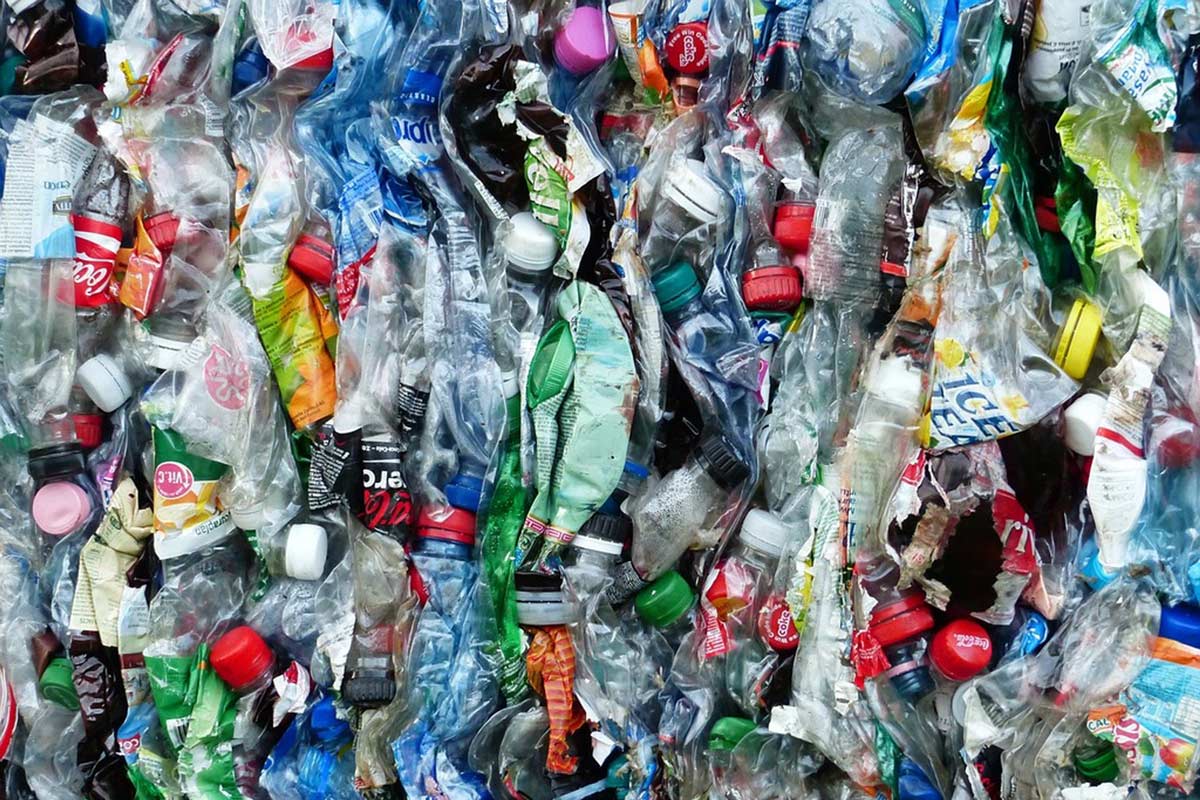
Demystifying the #: Can you recycle all plastic numbers?
What do the numbers on those plastics ACTUALLY mean? We explain.
“I was once told that, with single-stream recycling such as we have in Philadelphia, any plastic container that has a number in a triangle, any number, can be recycled. Is that correct?”
– “Count”ing on Recycling
Well, “Count” recycling, this is a good and complex question.
Before, the Philadelphia Streets Department identified what you could put in your recycling bin by number, which included mostly everything. In 2010, Streets declared that you can recycle all number plastics except for styrofoam. At that time, Philadelphia was making a generous revenue from recycling (about $67/ton for recyclables in 2012) and adopted a ‘when in doubt, throw it in’ mentality.
Since recycling contamination has hurt programs in cities including Philadelphia, the city has adopted a new motto: “When in doubt, throw it out.”
Recently, the Streets Department wiped their own communication, only identifying a few types of things that are recyclable.
What plastic numbers are recyclable in Philadelphia?
For the most part, #1s, 2s and 5s are always recyclable in single-stream recycling bins.
#4 tend to be plastic bags and film, which you can’t throw into your recycling bin. You CAN take them to grocery stores that accept plastic recycling.
#6 tends to be styrofoam, which is a NO.
What do the “recycle” numbers on plastic bottles mean?
The number on the plastics you see are the Resin Identification Code, which communicates the type of plastic that it is for a standard industry code.
- “1″ is polyethylene terephthalate (PET) (beverage bottles, cups, other packaging, etc.)
- “2” is high-density polyethylene (HDPE) (bottles, cups, milk jugs, etc.)
- “3” is polyvinyl chloride (PVC) (pipes, siding, flooring, etc.)
- “4” is low-density polyethylene (LDPE) (plastic bags, six-pack rings, tubing, etc.)
- “5” is polypropylene (PP) (auto parts, industrial fibers, food containers, etc.)
- “6” is polystyrene (PS) (plastic utensils, Styrofoam, cafeteria trays, etc.)
- “7” is other plastics, such as acrylic, nylon, polycarbonate and polylactic acid (PLA).
Wait a minute. I thought you could recycle all plastics?
STILL confused? Download our FREE recycling guide (or support Green Philly and get one shipped to you for $5).









